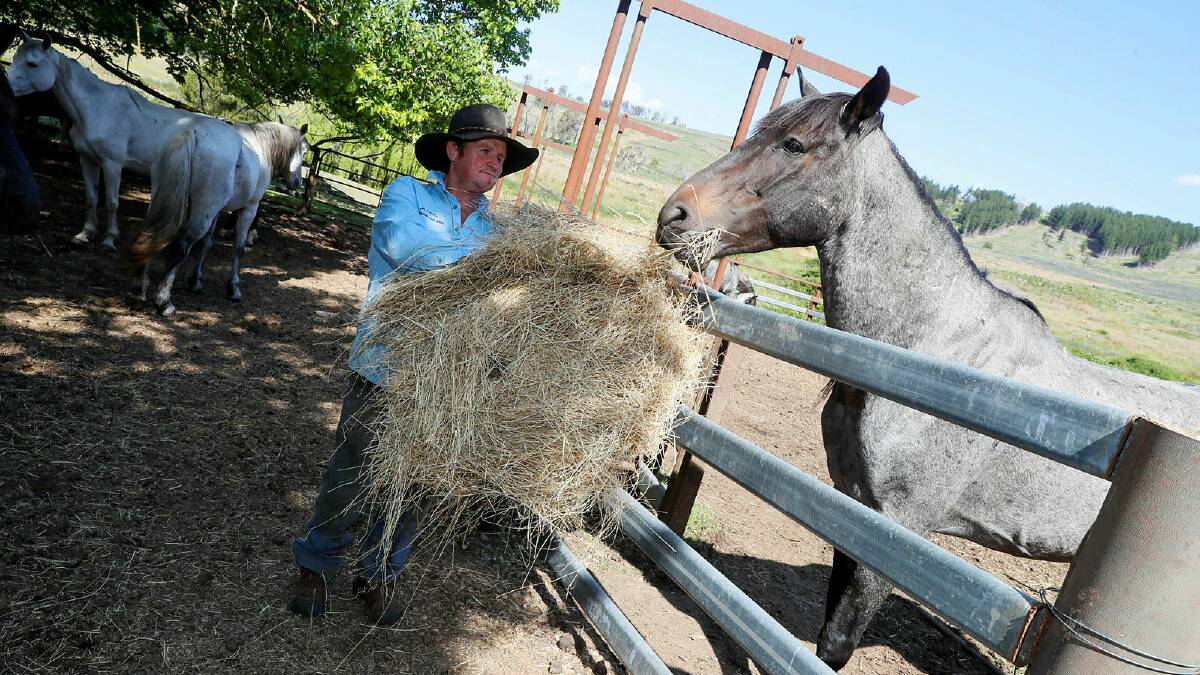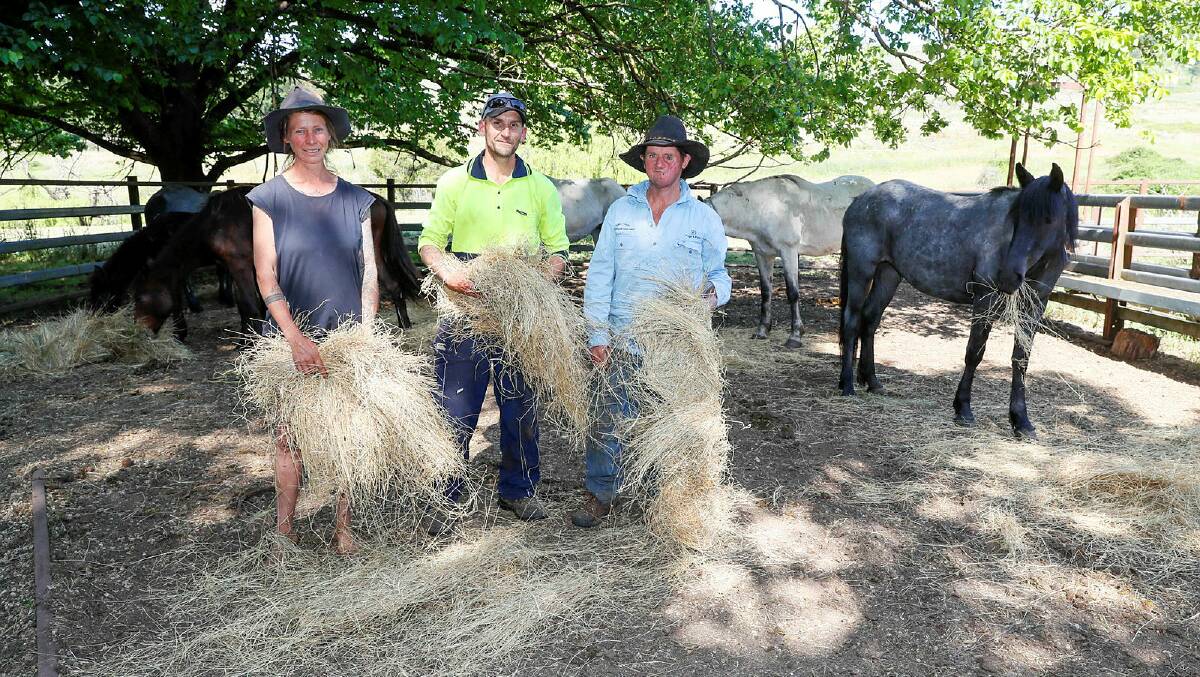
A Riverina horse breaker is claiming the state government's announced aerial culling of brumbies has already begun as he works hard to save as many of the animals as possible.
Subscribe now for unlimited access.
or signup to continue reading
Last month, NSW Environment Minister Penny Sharpe announced aerial shooting of wild horses in the Kosciuszko National Park would recommence for the first time in years amid concerns the park's native wildlife and ecosystems were coming under increasing threat due to booming populations.
Rosewood horse breaker Robert Dodwell, 57, said the aerial shooting of brumbies began this week and he was working hard to save as many as he can from the mass slaughter.
Official figures say there are now 18,800 brumbies in NSW and 25,000 across the Alps, however Mr Dodwell disputes the figure as being far removed from reality.
IN OTHER NEWS
"There's nowhere near the 20,000 to 23,000," he said.
Instead, he estimated there was more likely to be in the vicinity of 5000 brumbies in the Kiandra, Tumut and Cabramurra area.
However, he did agree there were too many brumbies in the park, but believed there was a better way to help reduce the numbers.
Mr Dodwell also works as a trapper for the Forestry Corporation and said in the past four years he had re-homed about 500 brumbies and had taken in 11 horses as recently as last week.
In just days, he had found homes for nearly all of them and said many more horses could be re-homed successfully if the process was simplified.

Mr Dodwell said working with others to re-home the animals didn't exactly pay well, but it was worth the effort.
He also stressed the importance of the animals to the heritage of the area, dating from the early settler days to Australia's military history.
"They say through DNA a lot of these horses date back to WWII," he said.
"They want to go and kill the horses, but the soldiers argue [if it wasn't for their ancestors] we wouldn't be here today."
Responding to environmental critics, Mr Dodwell said the brumbies actually help reduce the fire hazard by keeping undergrowth levels down.
He also said there were other pests causing potentially more environmental damage.
"If you go to Tantangara Dam, half the damage done there was caused by deer and rabbits," Mr Dodwell said.
He said aerial shooting would only create more problems and that it would create more food for foxes and wild boars.
Responding to claims the cullings had commenced, the NSW National Parks and Wildlife Service refused to reveal whether aerial shooting of the horses had yet begun or where it would take place.
However, a department spokesperson did confirm there would be a "short, preliminary operation ...[to] refine the standard operating procedure for any future aerial shooting of wild horses in Kosciuszko National Park".
"To protect the safety of visitors and staff in the park, operational details about wild horse control will not be publicly released or announced," the spokesperson said.
"Visitor safety is the number one priority, so parts of all national parks, including Kosciuszko National Park, are closed whenever aerial shooting operations are under way."
The department currently has multiple closure notices in place due to aerial culling, however they do not reveal what animals are being targeted.


